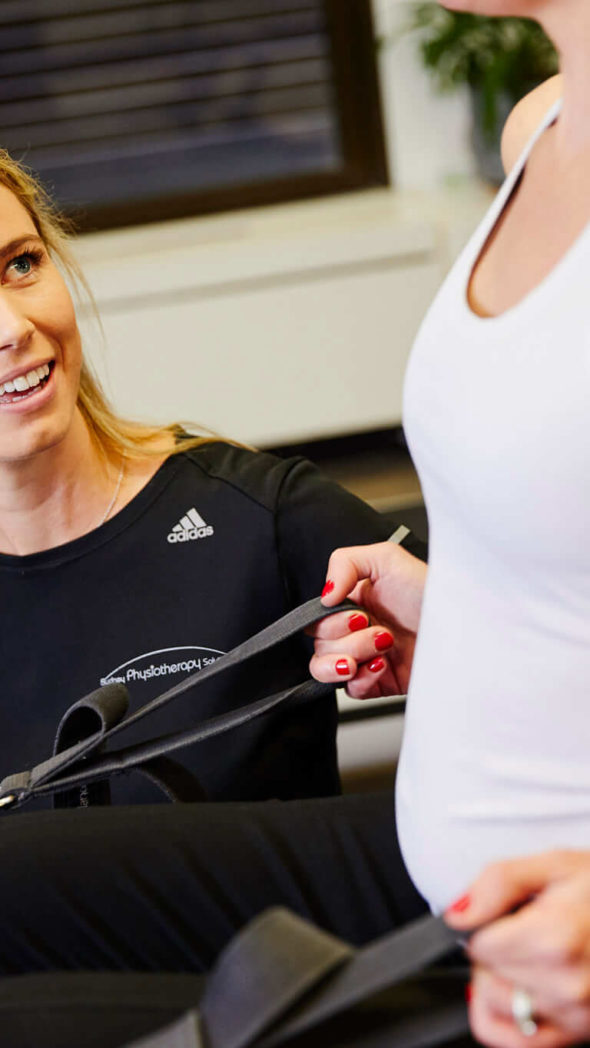Physical therapy plays a crucial role in helping patients regain their strength, flexibility, and mobility after an injury or surgery. Pilates, a low-impact exercise method, has gained popularity in the rehabilitation field due to its focus on core strength, stability, and body awareness. Incorporating Pilates exercises into physiotherapy sessions can help patients improve their overall physical function and quality of life. In this article, we will explore the benefits of Pilates for physiotherapy patients and provide a selection of exercises to help maximize mobility.
The Benefits of Pilates for Physiotherapy Patients
Improved Core Strength
- Pilates focuses on strengthening the core muscles, including the deep abdominals, lower back, and pelvic floor.
- Having a strong core is essential for maintaining good posture, preventing injuries, and supporting the spine.
Enhanced Flexibility
- Pilates exercises emphasize lengthening and stretching the muscles, which can help improve flexibility and range of motion.
- Increased flexibility can reduce muscle tension, improve joint mobility, and prevent stiffness.
Improved Balance and Stability
- Pilates exercises focus on improving body awareness, control, and balance through precise movements and alignment.
- Enhanced balance and stability can help prevent falls, reduce the risk of injuries, and improve overall coordination.
Key Pilates Exercises for Physiotherapy Patients
1. The Hundred
The Hundred is a classic Pilates exercise that helps improve core strength and endurance.
- Start by lying on your back with your knees bent and feet flat on the floor.
- Engage your core muscles and lift your head, neck, and shoulders off the mat.
- Extend your legs to a 45-degree angle and pump your arms up and down while breathing in for five counts and out for five counts.
- Repeat for 10 sets of breaths, totaling 100 pumps.
2. Single Leg Stretch
The Single Leg Stretch targets the abdominals, hip flexors, and pelvic stability.
- Lie on your back with your knees bent in a tabletop position.
- Draw one knee towards your chest and extend the other leg out at a 45-degree angle.
- Switch legs by pulling the extended leg towards you as you extend the other leg out.
- Continue alternating legs while keeping your core engaged and back pressed into the mat.
3. Shoulder Bridge
The Shoulder Bridge helps strengthen the glutes, hamstrings, and lower back while promoting spinal mobility.
- Lie on your back with your knees bent and feet hip-width apart.
- Press through your feet to lift your hips off the mat, creating a straight line from shoulders to knees.
- Lower back down with control and repeat for several reps.
4. Side Leg Raises
Side Leg Raises target the outer thighs, hip stabilizers, and core muscles.
- Lie on your side with your legs straight and stacked on top of each other.
- Lift the top leg towards the ceiling while keeping the hips stacked and core engaged.
- Lower the leg back down with control and repeat for several reps before switching sides.
Conclusion
Integrating Pilates exercises into physiotherapy sessions can provide numerous benefits for patients looking to improve their mobility, strength, and overall well-being. By focusing on core strength, flexibility, balance, and stability, Pilates can complement traditional physical therapy methods and help patients achieve optimal results. Remember to consult with a certified Pilates instructor or physiotherapist before starting any new exercise program to ensure safety and effectiveness.

